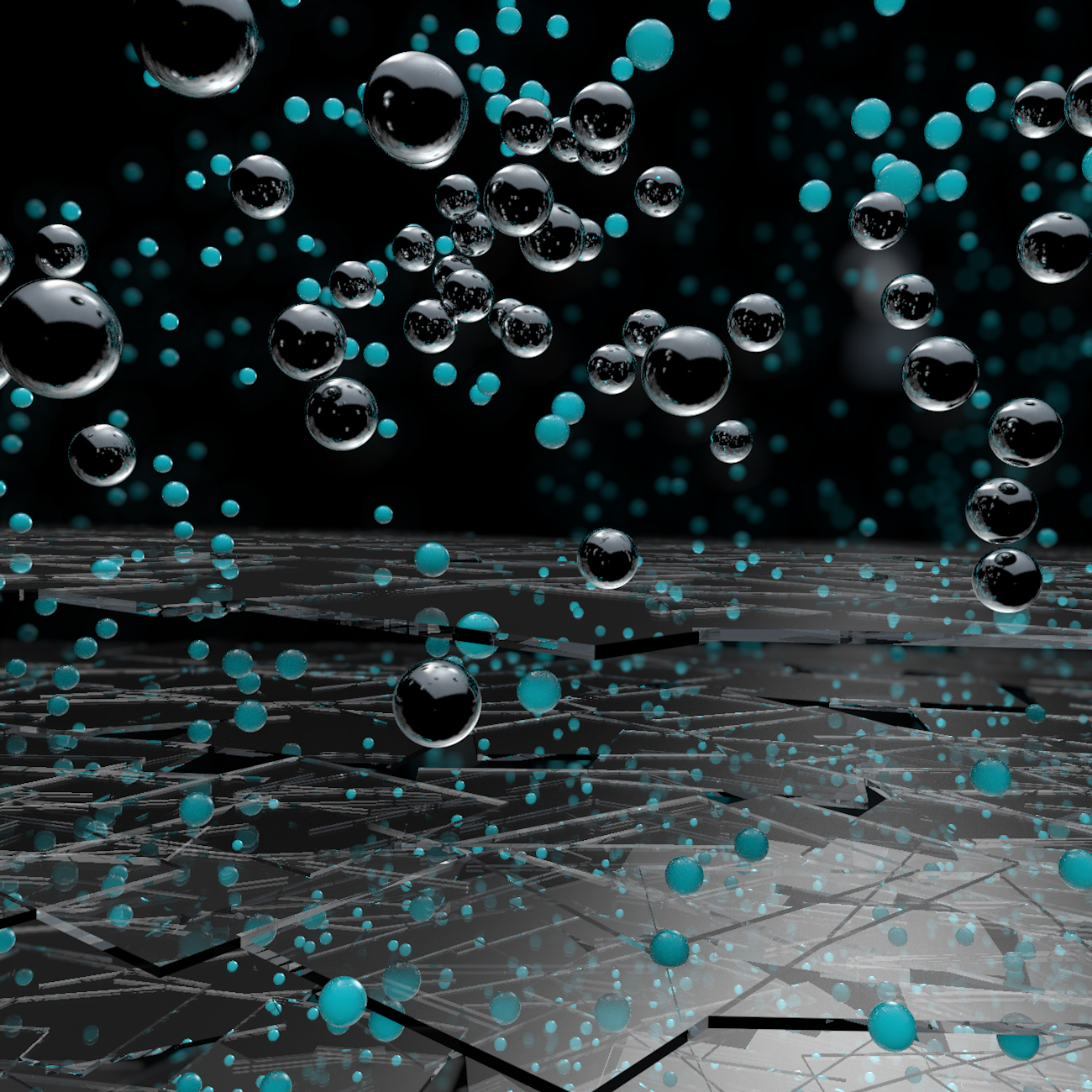
Researchers from the National Graphene Institute at Manchester University have devised a way to turn previously-impenetrable graphene oxide into a selective membrane that can be used to filter even the smallest particles out of fluid mixtures. The discovery could reduce the amount of energy needed for separation processes, which currently require pumps to force liquids through filters, by increasing solvent flow rates.
The team, led by Prof Rahul Nair, also involved colleagues from the School of Chemical Engineering and Analytical Science, and has published its research in Nature Materials. Although graphene oxide membranes have attracted attention for water filtration and desalination applications, until now they have been impenetrable to all solvents apart from water.
Nair’s team has solved this problem buy making the membranes ultra-thin. The membranes are assembled in such a way that minute holes in the structure are connected by grapheme nanochannels, forming an atomic scale sieve that allows all solvents to pass through the structure at high volumes but retaining its impermeability to particles down to the nanometre scale.
These new membranes have applications in areas such as desalination and organic solvent nanofiltration (OSN), which involves separating charged and uncharged species from organic solvents. To demonstrate their effectiveness, Nair and team used them to remove the coloured compounds in whisky and cognac.
“The membrane allowed the alcohol to pass through but removed the larger molecules, which gives the amber colour. The clear whisky smells similar to the original whisky but we are not allowed to drink it in the lab,” he commented.
The high solvent flow-rate through the membranes is the key to their energy-saving potential. “Chemical separation is all about energy, various chemical separation processes consume about half of industrial energy useage. Any new efficient separation process will minimise the consumption of energy, which is in high demand now,” Nair said.
Yang Su, who directed the experimental part of the research, added: “The developed membranes are not only useful for filtering alcohol, but the precise sieve size and high flux open new opportunity to separate molecules from different organic solvents for chemical and pharmaceutical industries. This development is particularly important because most of the existing polymer-based membranes are unstable in organic solvents whereas the developed graphene-oxide membrane is highly stable.”




Nanogenerator consumes CO2 to generate electricity
Whoopee, they've solved how to keep a light on but not a lot else.